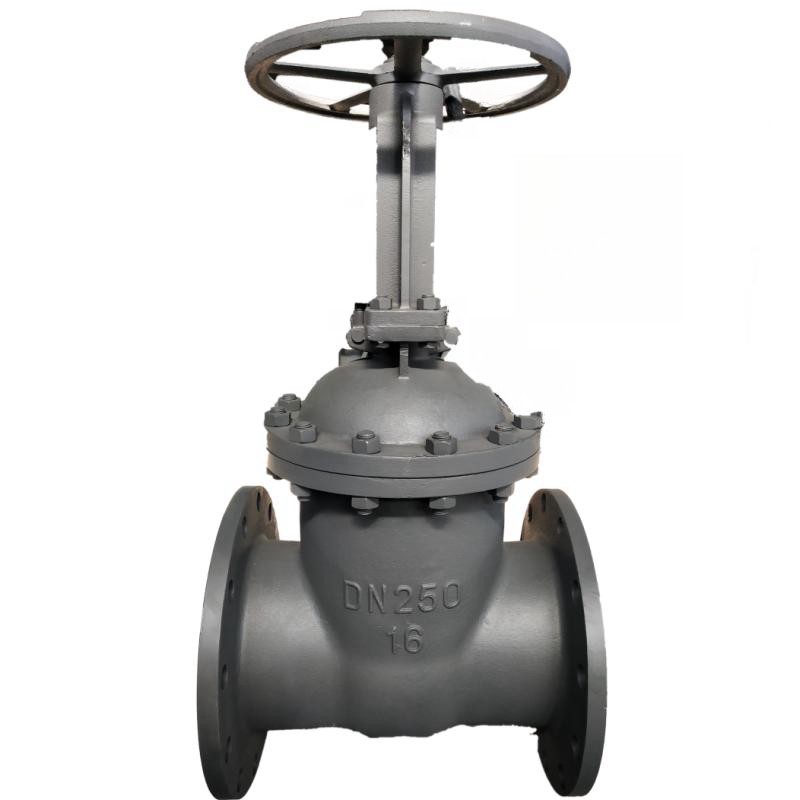china stainless steel check valves
China Stainless Steel Check Valves An Overview of Their Importance and Applications
Stainless steel check valves are crucial components in various industrial systems, serving as a one-way valve that allows fluid to flow in one direction while preventing backflow. In China, the production and utilization of stainless steel check valves have grown significantly, owing to the country's booming manufacturing sector and rising demand for efficient fluid control solutions. This article explores the importance, types, and applications of stainless steel check valves in the Chinese market.
What Are Stainless Steel Check Valves?
Stainless steel check valves are mechanical devices designed to permit fluid flow in a pipeline while preventing reverse flow. They are made from stainless steel due to its corrosion resistance, durability, and ability to withstand high temperatures and pressures. The design typically features a disc or ball that moves in response to fluid flow, ensuring that it only moves in one direction.
The two main types of check valves are 1. Swing Check Valves These valves utilize a hinged disc that swings open when fluid flows through and closes under backflow conditions. They are often preferred for lower pressure systems that do not require rapid closure. 2. Lift Check Valves These feature a disc that moves up and down, allowing fluid to lift the disc off its seat during forward flow and falling back to seal the valve during backflow. This design is often used in higher pressure applications.
Advantages of Stainless Steel Check Valves
1. Corrosion Resistance Stainless steel offers exceptional resistance to rust and corrosion, making it ideal for use in harsh environments where other materials might degrade quickly. 2. Durability With a high tensile strength, stainless steel check valves can withstand pressure fluctuations and extreme temperatures, ensuring longevity in demanding applications. 3. Hygienic Properties Stainless steel is easy to clean and sterilize, making these valves suitable for applications in food processing, pharmaceuticals, and other industries where hygiene is paramount. 4. Low Maintenance Due to their robust construction, stainless steel check valves often require minimal maintenance, reducing operational costs and downtime.
Applications in Various Industries
china stainless steel check valves

The versatility of stainless steel check valves has led to their widespread application across multiple sectors, including
- Oil and Gas In the oil and gas industry, these valves prevent backflow in pipelines, safeguarding equipment and ensuring the smooth transportation of hydrocarbon products. - Water Treatment Stainless steel check valves play an important role in water and wastewater treatment plants by preventing contamination and ensuring efficient flow management. - Chemical Processing In chemical manufacturing, these valves are used to handle various chemicals safely, preventing backflow that could lead to costly spills and contamination. - Food and Beverage The food and beverage industry utilizes stainless steel check valves in various processes, from ingredient mixing to bottling, ensuring safety and compliance with regulations. - Pharmaceuticals Their hygienic properties make stainless steel check valves essential in the production of medicines, where contamination control is critical.
The Future of Stainless Steel Check Valves in China
As China's economy continues to evolve, the demand for quality industrial components, including stainless steel check valves, is expected to rise. With advancements in manufacturing technologies and a focus on sustainability, Chinese manufacturers are likely to innovate further, enhancing the efficiency and reliability of these valves.
Moreover, as industries become increasingly aware of the importance of efficient fluid control systems and environmental regulations tightens, the market for stainless steel check valves will see growth.
Conclusion
China's stainless steel check valves represent an important segment of the industrial equipment market, marking significant contributions across various sectors. Their durability, corrosion resistance, and low maintenance make them indispensable for ensuring operational efficiency and safety. As industries advance and expand, the demand for these valves will likely continue to grow, reinforcing their crucial role in modern fluid management systems.
-
The Key to Fluid Control: Exploring the Advantages of Ball Valves in Industrial SystemsNewsJul.09,2025
-
The Versatile World of 1, 2, and 3 Piece Ball ValvesNewsJul.09,2025
-
Stainless Steel Ball Valves: The Ideal Choice for Efficient Flow ControlNewsJul.09,2025
-
Optimizing Fluid Control with Ball Float ValvesNewsJul.09,2025
-
Manual Gate Valves: Essential for Control and EfficiencyNewsJul.09,2025
-
Everything You Need to Know About Butterfly ValvesNewsJul.09,2025
-
The Versatility of Wafer Type Butterfly ValvesNewsJul.08,2025




